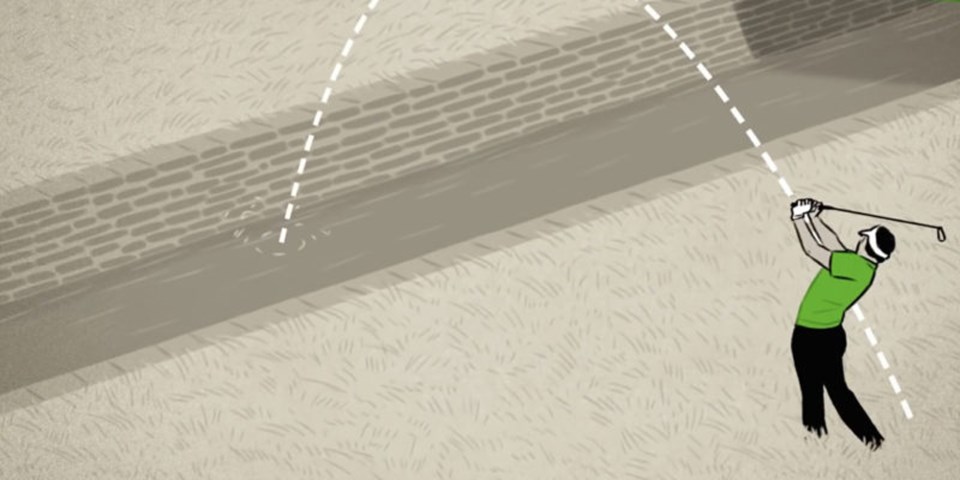As I’ve learned in my summer immersion into golf, the game has an incredible culture and history.
Most importantly, every golfer, from novice to pro, from kids in their first season in junior golf to seniors who have 50 years and more than a thousand rounds under their belt, has stories to tell.
Yet there is one golf story that eclipses all golf stories and it’s not about winning, it’s about losing.
One of the episodes of Losers, a wonderful new Netflix documentary series that cleverly reframes the well-chronicled losses of elite athletes in a new light, looks at the most famous loss in golf history. Jean Van De Velde of France had a three-stroke lead with just one hole to play at the 1999 British Open. Ranked 152nd in the world heading into the Open, he led for most of the tournament. On the par-4 18, all he had to do was shoot a 6, a two-over-par double-bogey to have his name engraved on the Claret Jug, the only trophy in sports that holds a candle to the Stanley Cup. To put that score in perspective, there are hundreds of golfers, male and female, teen and seniors, in Prince George who could shoot a 6 on that hole. Dozens of local golfers could shoot a five and a handful could reliably par that hole.
Of course, they wouldn’t be shooting their 72nd hole in four days at the most famous golf tournament in the world with a global audience of millions and the aspirations of an entire country on their back. Van De Velde would have been the first Frenchman to win the Open in 92 years.
For Van De Velde, everything that could have gone wrong went wrong. His tee shot ended up on the fairway of a neighbouring hole (a lucky break that he could have recovered from) but then his following shots ended up in the long grass, then water and then the bunker. He sunk a 10-foot putt just to make it into a playoff but mentally he was destroyed and he finished second.
Ironically, Van De Velde’s name is remembered far more than the man who actually won (Paul Lawrie).
From a golf perspective, there is plenty to take away from Van De Velde’s disastrous final hole, particularly for a learning novice like me. Making smart choices with club selection is critical. The par-5 16 at the Prince George Golf and Curling Club has a small but significant strip of water separating the fairway from the green. If you find yourself 150 yards or less from the hole, you have a choice to make much like Van De Velde had. Do you go for it and shoot for the green or do you play it safe, chip it up to the water and then chip it over onto the green in two shots?
On a recent round, I found myself about 75 yards from the hole, close enough to safely make it over the water and onto the large green but far enough to worry a novice like me. The water was there and I could hear it shouting “feed me, Seymour!,” like the greedy, flesh-eating plant from the Little Shop of Horrors.
So I fed it (and like the hapless Seymour, I have kept feeding it for much of the summer).
The most important golf and life lesson is it’s just a game and to just keep playing. Van De Velde lost the British Open in spectacular fashion and life went on for him, too, in a meaningful and inspirational way.
The same thing happens every time in golf. After leaving the face of the club head, the ball belongs to gravity, inertia and fate, forces far more powerful than skill or desire, regardless of who swung the club or whether it lands in the hole or the water.
That’s the core of the game.
The stories are just the details.





